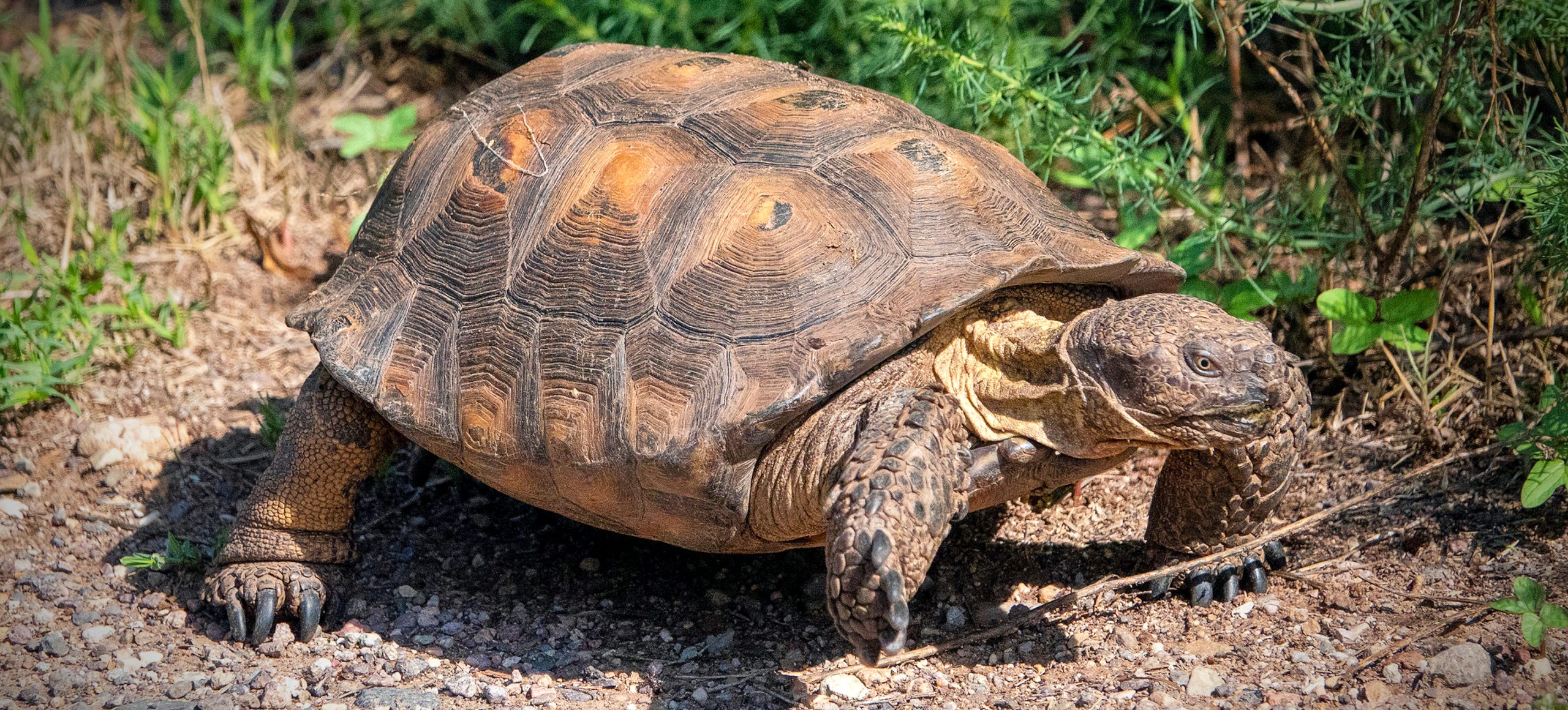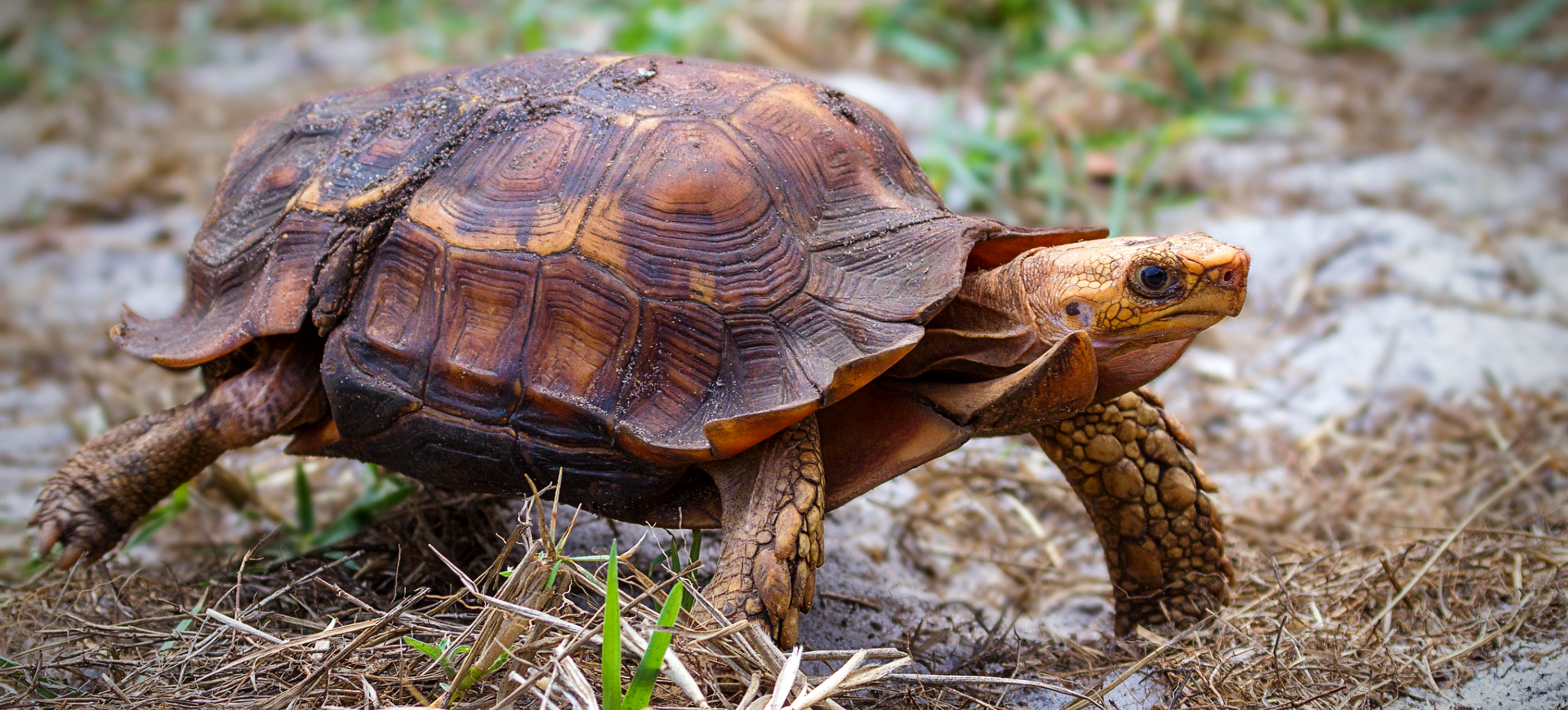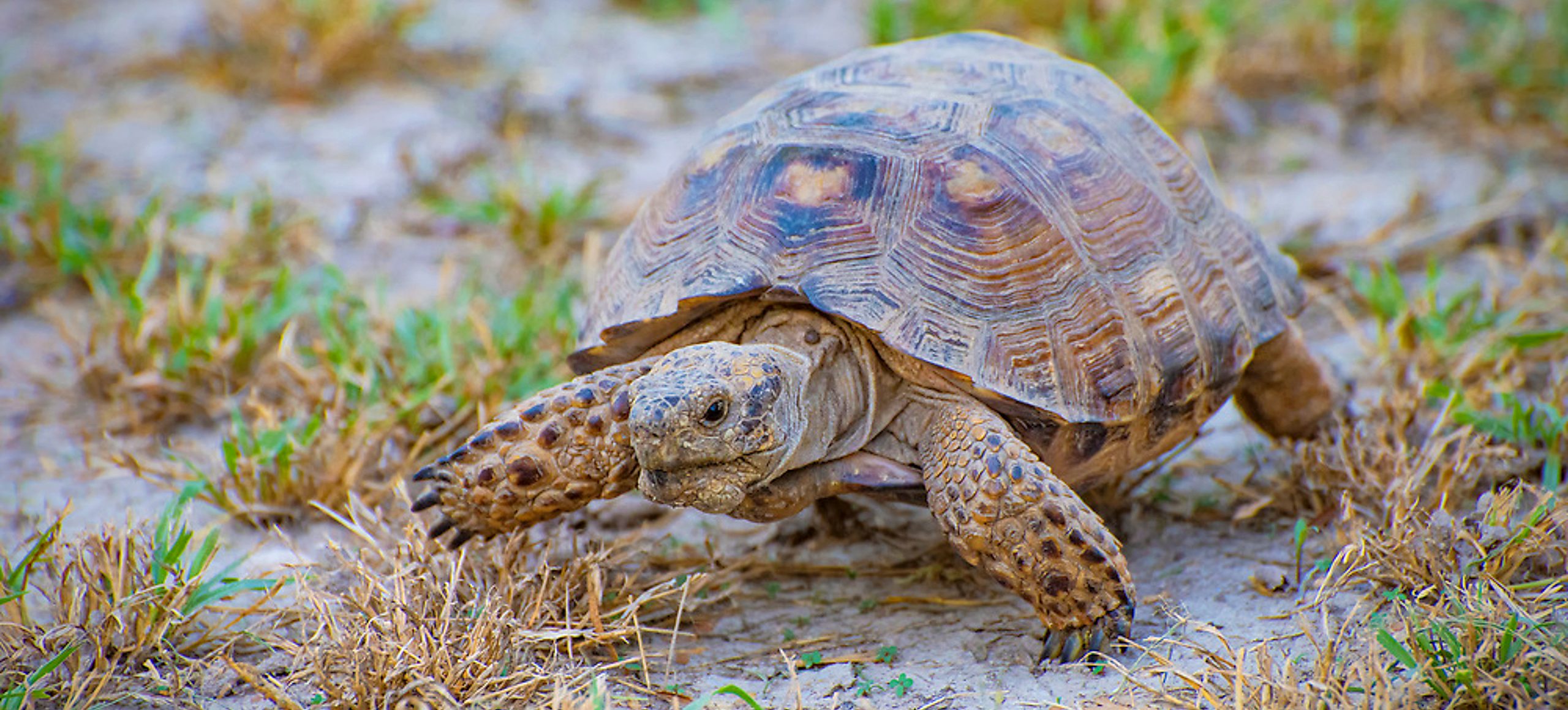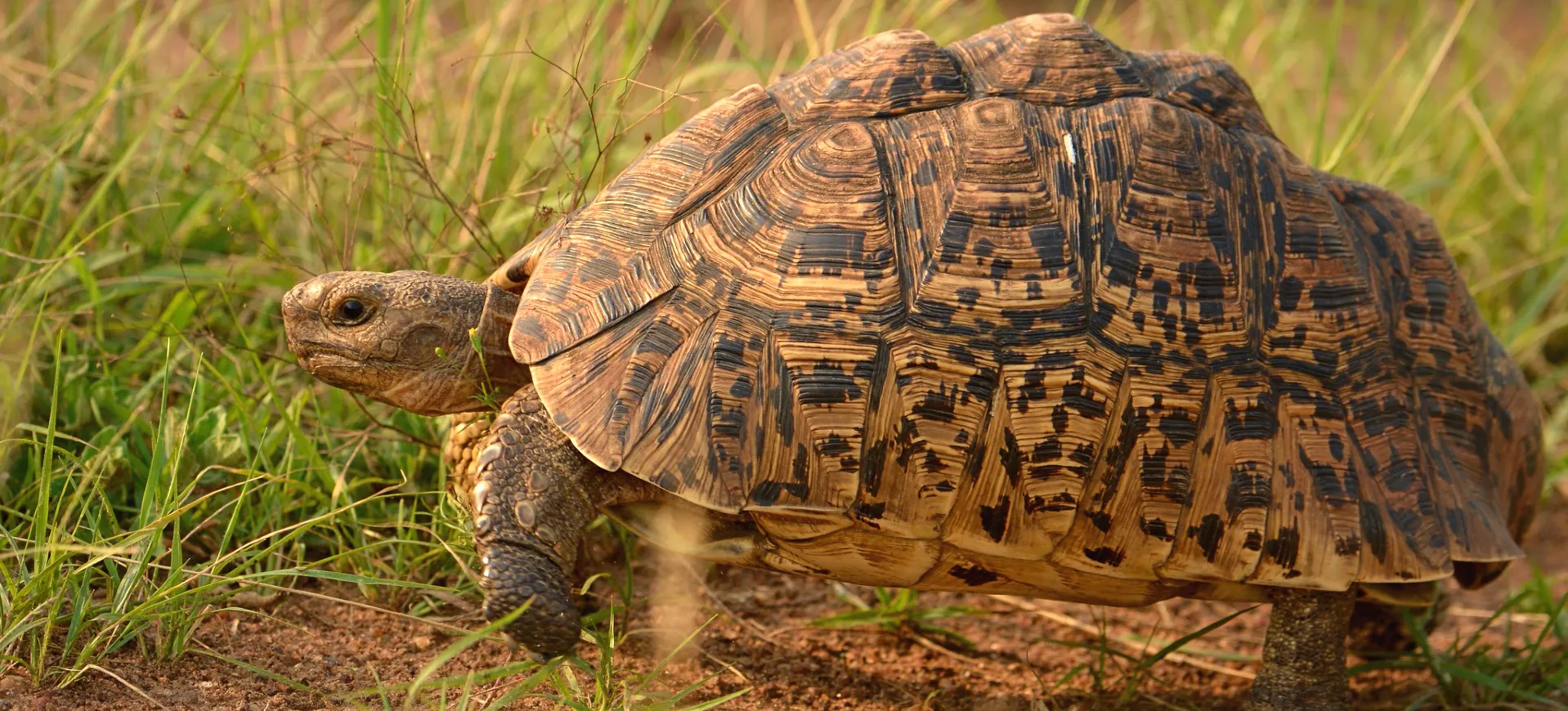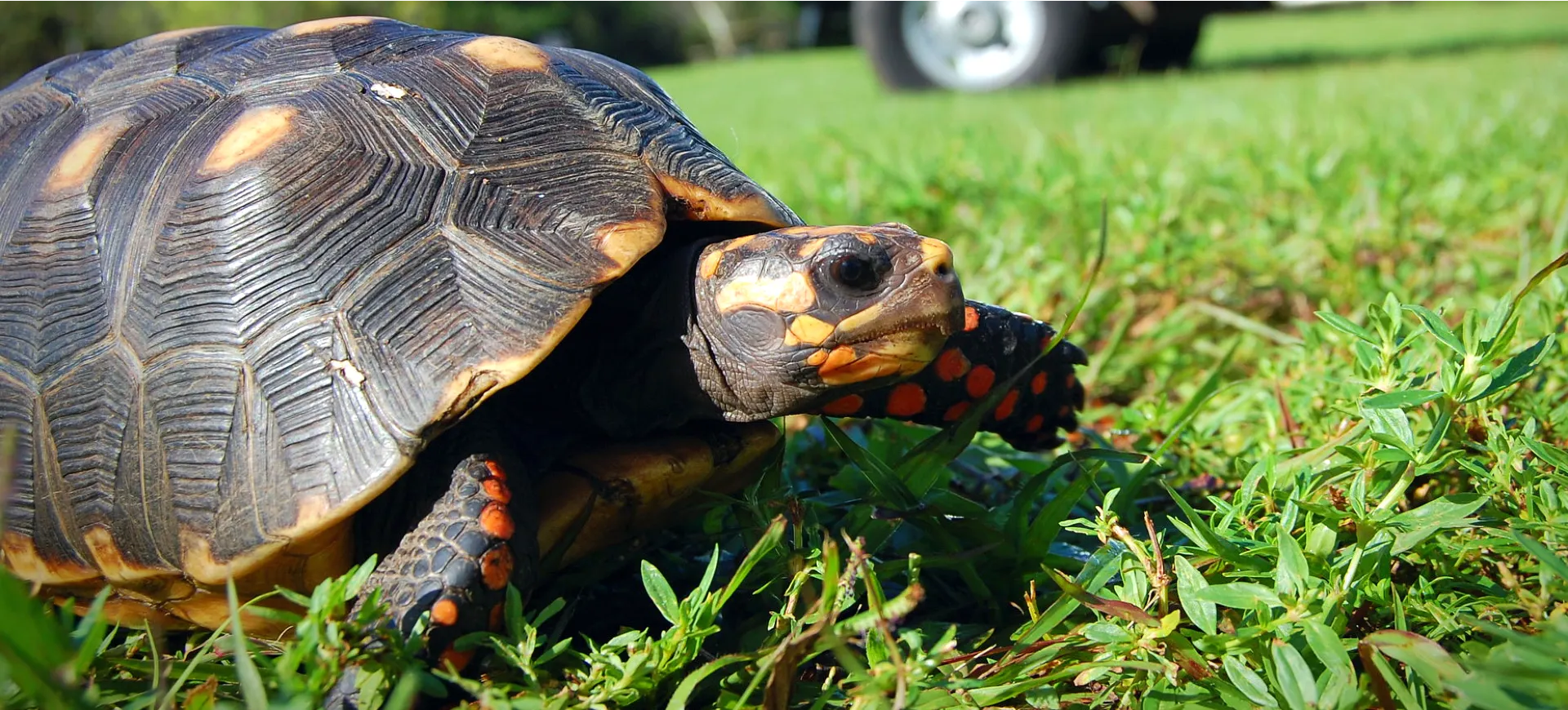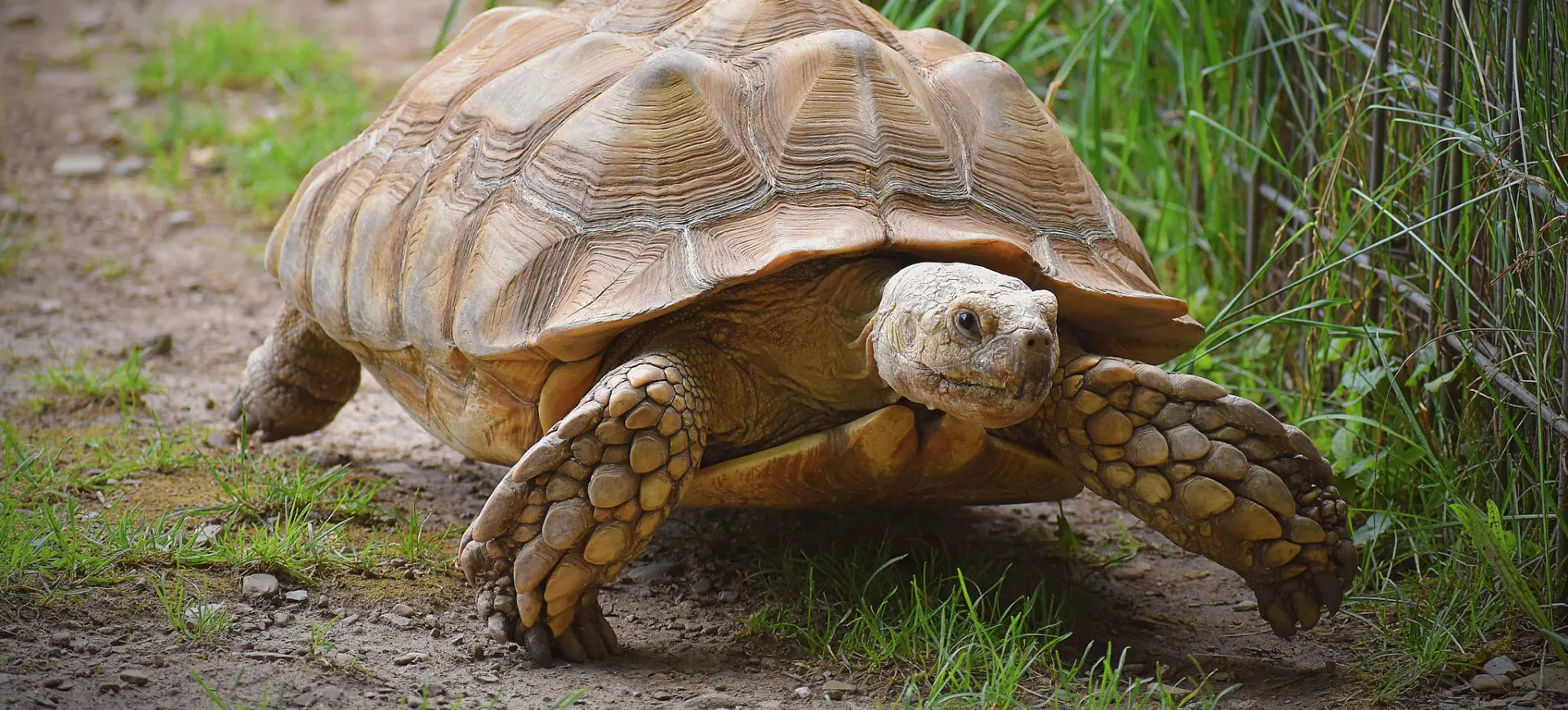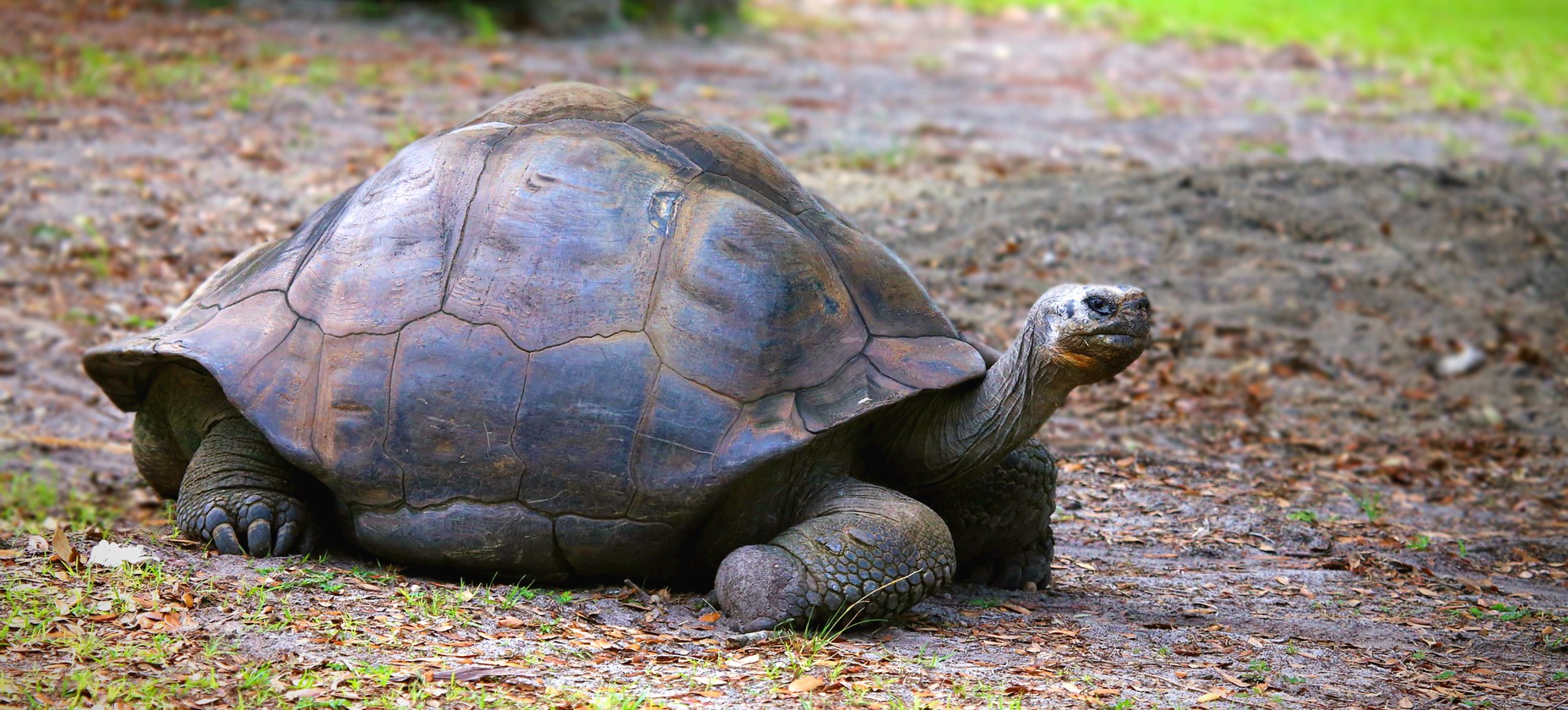Overview
The Galápagos tortoise, a species unique to the Galápagos Islands in Ecuador, is one of the longest-lived vertebrates on Earth. Some individuals have been known to live for more than a century, a remarkable feat of longevity. The tortoises possess large, dome-shaped shells that serve as a formidable defense mechanism against potential predators. Their shells are not merely for protection but are also marvels of evolutionary adaptation.
Different populations of Galápagos tortoises have evolved distinct shell shapes uniquely adapted to their specific environments. For instance, tortoises inhabiting islands with taller vegetation often have saddle-shaped shells, allowing them to stretch their necks to reach for food. Conversely, those found in environments with abundant low-lying vegetation typically have more rounded, dome-shaped shells, which are more conducive to a ground-level diet. These variations in shell morphology are evidence of the species’ incredible ability to adapt to different ecological pressures over time.
Beyond their fascinating morphology, the Galápagos tortoise is essential in its ecosystem, particularly in seed dispersal for various plant species. Their slow metabolism and ability to store water have also enabled them to thrive in the relatively arid conditions of the Galápagos Islands. This combination of longevity, evolutionary adaptability, and ecological importance makes the Galápagos tortoise a captivating subject for scientific research and conservation efforts.
Taxonomy
Kingdom
Phylum
Class
Order
Family
Genus
Species
Sub Species
Type
Physical Description:
The Galápagos tortoise is renowned for its massive, weighty shell, which exhibits a range of shapes intricately linked to the specific island habitats within the Galápagos archipelago. The two primary forms of the shell are saddle-shaped and dome-shaped. These different shapes have evolved as adaptations to environmental pressures, particularly the height of vegetation available for grazing. A saddle-shaped shell allows the tortoise to lift its neck higher, facilitating access to elevated foliage. In contrast, a dome-shaped shell is better suited for foraging closer to the ground. The tortoise’s skin complements its hardy nature; it is thick, leathery, and generally of a muted gray or brown hue.
Males are usually larger than their female counterparts, often significantly so. The tortoises possess short but incredibly robust limbs equipped with powerful claws. These claws serve multiple functions, including aiding in digging and foraging for food and providing a firm grip on uneven terrain. Despite their bulky shells, their muscular legs enable them to move with a surprising level of ease and stamina, albeit slowly.

Lifespan: Wild: ~100 Years || Captivity: ~170 Years

Weight: Male: 475-595 lbs (215-270 kg) || Female: 330-475 lbs (150-215 kg)

Length: Male: 48-59 in (122-150 cm) || Female: 39-48 in (99-122 cm)

Height: Male: 29-35 in (74-89 cm) || Female: 24-29 in (61-74 cm)

Top Speed: 0.2 mph (0.32 km/h)
Characteristic:
Native Habitat:
The Galápagos tortoise is indigenous to the Galápagos Islands, a volcanic archipelago situated in the Pacific Ocean, approximately 620 miles off the coast of Ecuador. These islands boast a variety of ecosystems, ranging from volcanic highlands replete with craters and lava formations to grasslands and even deciduous forests. Each of these habitats offers a unique set of environmental conditions and challenges, shaping the evolutionary adaptations of the flora and fauna. The diversity of the island’s landscapes has been a critical factor in the evolution of this remarkable tortoise species, allowing different populations to develop unique characteristics tailored to their specific surroundings.
Adaptations among different populations of Galápagos tortoises are especially evident in their habitat choice within the archipelago. Some populations are adapted to drier, lowland areas where water is scarce, and the vegetation consists mainly of drought-resistant plants. Conversely, other populations are found in more humid, highland regions with cooler conditions and more readily available water. In these highlands, the tortoises often feed on a wider variety of vegetation, including ferns and leaves from native trees. These diverse habitats and the tortoises’ subsequent adaptations offer a vivid example of how environmental factors can drive evolutionary change within a single species.
Climate Zones:
Biomes:
Biogeographical Realms:
Continents:
Countries:
Diet:
Diet & Feeding Habits:
The Galápagos tortoise is fundamentally an herbivore with a diet composed mainly of various vegetation types like grasses, leaves, and cacti. These tortoises also consume fruits and flowers, which makes them instrumental in the seed dispersal of multiple plant species on the islands. This ecological role is vital for the regeneration and diversity of vegetation in the Galápagos ecosystem. Moreover, the tortoises occasionally consume small invertebrates, although this is relatively rare and typically does not constitute a significant portion of their diet. Their dietary habits sustain them and interact in complex ways with their environments, influencing the biodiversity and ecological balance of their native islands.
Galápagos tortoises have evolved to store substantial amounts of water in their bodies, enabling them to endure extended periods without access to fresh water. This physiological adaptation is crucial for their survival, particularly in the arid and semi-arid conditions in many parts of the Galápagos archipelago. In addition to being water-efficient, they are also highly resourceful in seeking water sources, often congregating around available water holes during the dry season. This water-storing capability makes the Galápagos tortoise particularly resilient, allowing it to thrive in environments where other species might find it challenging to survive.
Mating Behavior:
Mating Description:
Mating among Galápagos tortoises typically occurs between June and December, with the peak of this activity coinciding with the wet season, which provides ample resources and suitable conditions for reproduction. During this time, males engage in displays of competition known as “necking” battles, extending their necks and rising on their legs to determine dominance and secure mating rights with females. These physical contests are crucial for individual mating success and serve as an interesting behavioral adaptation that has evolved to resolve conflicts without severe injury.
Females participate in the reproductive process by laying a clutch of 2 to 16 eggs, which they deposit in a carefully dug nest in the ground, usually in sandy or loose soil for easier excavation. After laying the eggs, the female meticulously covers the nest with soil and leaves it, effectively camouflaging it from potential predators. Following this, the eggs are left to incubate naturally for a period ranging from around 4 to 8 months before they hatch. During the incubation period, the eggs are vulnerable to predation and environmental conditions, making the initial choice of nesting site by the female crucial for the survival of the offspring.
Reproduction Season:
Birth Type:
Pregnancy Duration:
Female Name:
Male Name:
Baby Name:
Social Structure Description:
The Galápagos tortoise is generally a solitary animal, especially well-suited for a life of relative isolation. However, during the wet season, they are more likely to congregate in groups as food and water become more plentiful, taking advantage of the opportunity to meet their nutritional needs more easily. During the contrasting dry season, they withdraw and lead more solitary lives, often seeking shaded, cooler areas to conserve moisture and energy. This behavior helps them adapt to their harsh environment.
Social interactions among Galápagos tortoises are relatively limited and are mostly focused on reproductive activities. During the mating season, male tortoises engage in ritualistic “necking” contests, extending their necks to establish dominance over rivals and secure mating opportunities with females. These confrontations, while intense, rarely result in serious injury and are a crucial aspect of their social and reproductive behavior, serving to determine which males will have the opportunity to pass on their genes to the next generation.
Groups:
Conservation Status:
Population Trend:
Galápagos tortoise numbers drastically declined due to overhunting by sailors and whalers and habitat degradation caused by introduced species in the 19th and early 20th centuries. At one point, the situation was so dire that the population of these iconic reptiles was estimated to have dwindled to as low as 3,000 individuals across the entire archipelago. This significant reduction in population size led to the extinction of specific island subspecies and left the remaining populations in a vulnerable state, teetering on the edge of extinction.
However, thanks to rigorous conservation efforts, including captive breeding programs and habitat restoration, the population of Galápagos tortoises is currently estimated at around 20,000 to 25,000 individuals. Several of these populations are either stable or showing signs of increase, providing a glimmer of hope for the species. Despite these gains, they remain far from their historical numbers, and ongoing efforts are essential to mitigate threats from habitat loss, invasive species, and climate change to ensure the species’ long-term survival.
Population Threats:
The primary threats to the Galápagos tortoise are multifaceted and include habitat loss due to expanding agricultural activities and the introduction of invasive species such as rats, goats, and pigs. These invasive animals have a two-fold impact: they compete with the tortoises for limited food resources and pose a direct threat by preying on tortoise eggs and young, thereby affecting the next generation of these remarkable creatures. Combining these factors has created a challenging survival landscape for the Galápagos tortoise, making conservation interventions crucial.
Human activities like poaching for meat, the pet trade, and habitat fragmentation due to infrastructure development continue to pose serious threats to their survival. Climate change is also emerging as a significant concern, as temperature and precipitation patterns could affect food availability and the quality of natural habitats where these tortoises reside. The confluence of these factors underscores the importance of comprehensive and sustained conservation strategies to mitigate these threats and promote the long-term viability of the Galápagos tortoise.
Conservation Efforts:
Establishing the Galápagos National Park in 1959 has been a critical milestone in the conservation efforts for the Galápagos tortoise. Covering 97% of the archipelago’s total land area, the park provides a vital sanctuary where these iconic reptiles can live, forage, and reproduce in a protected environment. The existence of the park also facilitates scientific research, monitoring, and educational initiatives that contribute to a deeper understanding of these creatures and how best to protect them.
Conservation programs within and around the park have included a range of initiatives aimed at environmental restoration and species protection. These have notably involved efforts to remove invasive species that threaten the tortoises and projects to restore native habitats to their natural conditions. In addition, breeding programs and targeted repopulation efforts have been instrumental in increasing the numbers of Galápagos tortoises, thus bolstering the overall population and enhancing the genetic diversity necessary for the species’ long-term survival.
Additional Resources:
Fun Facts
- Galápagos tortoises can live without water for up to a year.
- They have a unique “saddleback” shell shape to allow them to stretch their necks and eat taller plants.
- Darwin’s journey to the Galápagos Islands and his observations of these tortoises contributed to the development of the theory of evolution.
- Galápagos tortoises help in seed dispersal, playing a crucial role in their ecosystem.
- They can sleep for up to 16 hours a day.
- During the time of pirates, these tortoises were often caught and stored on ships as a source of fresh meat.
- They have an excellent sense of smell but poor hearing and eyesight.
- The oldest known Galápagos tortoise lived to be 152 years old.
- They can weigh up to 595 pounds (270 kg), making them the largest living tortoise species.
- Their slow metabolism helps them survive in harsh conditions by efficiently utilizing stored energy.







